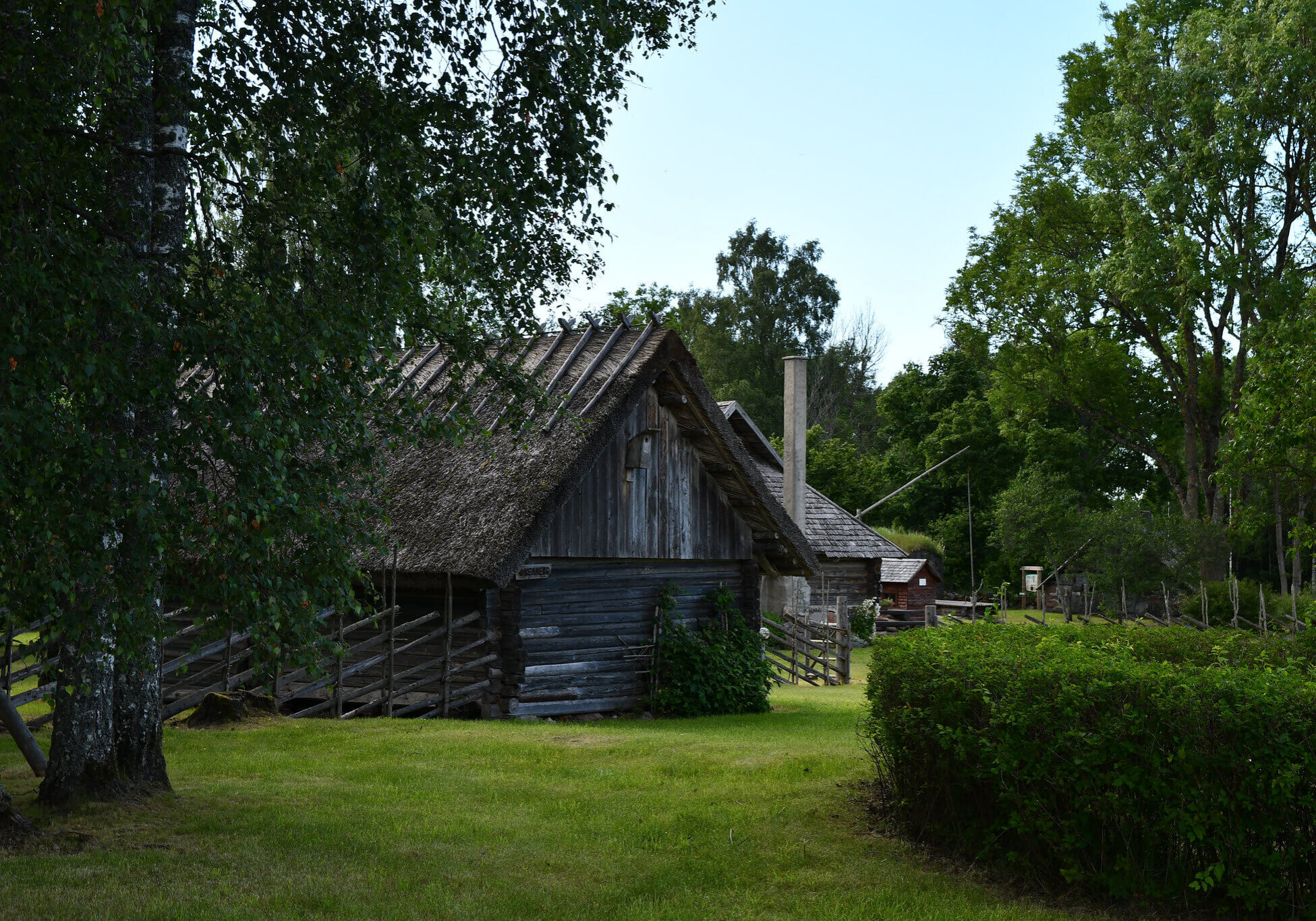Enchanting village life

People around the world are increasingly moving to cities. But only well-functioning villages can sustain rural life. Indeed, there is only one small town on the island of Hiiu, Kärdla, but over 180 villages. The story of how each village came to be and the sequence of events is different. But it’s exciting to search and find what catches their eye today. Whether it’s a preserved windmill, an old manor house, the story of a great man or a modern business in operation. Start looking and experiencing!
The route includes the following stops:
See other routes
Hiiumaa can be explored in many ways: by walking around with a backpack on, by driving through important places with a guide, or by setting up and discovering routes yourself with the help of maps, guidebooks and internet information. The lighthouse journey is one option.
Where did you get such a name-lighthouse tour? This is another update of an old idea.
1990. Douglas Wells, a peace corpsman from far away Nebraska, volunteered in Hiiumaa. He has even written a book about his life in Estonia called “The Adventures of the Yankee in Hiiumaa”. One of the things with which he left his mark on Hiiumaa was the marked and labelled objects and the accompanying book with explanations. All this was intended for tourists arriving by car on the island, which had been freed from the border zone. New and modern information boards have now arrived, but the book still remains. Slight changes have been made to the objects that will be presented – but the idea itself has also remained the same. This means that the lighthouses, with their beams of light, act as guides and signposts for discovering the island of Hiiumaa.
Hiiumaa is a nature lover’s paradise. Almost 70% of the island is forested, some of which is now very scarce under virgin forest. Plants, animals and birds that are rare in Estonia can also be found on beaches and in meadows. Meteorite craters, hundreds of millions of years old, are an attraction, as are boulders and rock caves. Freshwater springs, deep karst caves and special coastal lakes offer additional experiences. Start the tour!
The Hiiu-Kärdla quarry was founded in 1829. by the Ungern-Sternberg brothers. By 1830, a large and magnificent woolen cloth factory had been built in Kärdla. The company changed and grew over time, but above all, the industrial company changed Kärdla. Over the years, the small Swedish village became a well-kept workers’ settlement – the forerunner of today’s small town. The factory was destroyed during World War II in the autumn of 1941. However, there are still clear traces of the factory era in the square and throughout Kärdla. This is evidenced by the network of streets created during this period and the modern workers’ houses built with the help of the factory. Although the company is known to have been started in Suuremõisa, the Ungern-Sternberg brothers’ main manor house, we recommend starting the journey in Kärdla at Vabriku Square, where the transforming company was located. If you wish, you can enter the former factory directors’ residence (Pikk Maja), where the SA Hiiumaa Museum is located. There you can see a model of the factory.
Not all of us are born sailors, but you can get a small taste of the maritime life by travelling around the world. Especially, of course, if that land is the island of Hiiu. Why were lighthouses built, how are harbours developed, when did iron ships replace wooden ones and are there still fish in the sea? Keep in touch with the sea and you’ll learn a lot about it.
